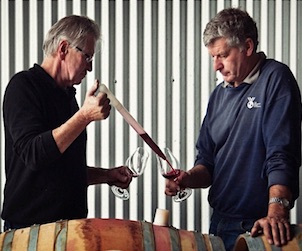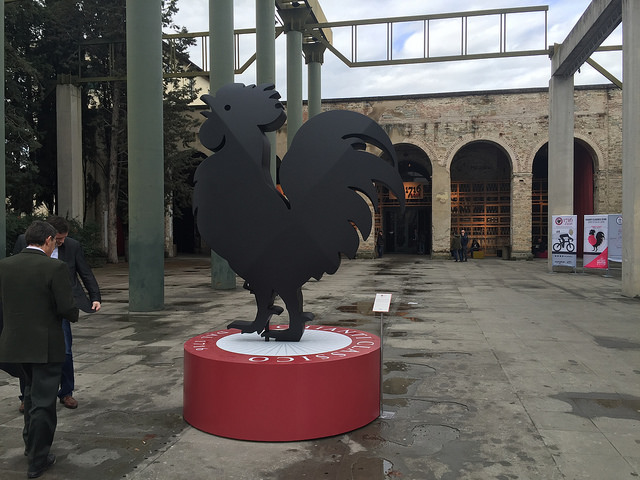Over the years I have learnt a million rules on the art of food and wine pairing. I have observed these rules, written about them, taught them, tweeted them, posted faux artful pictures of them, made videos and so on, and so forth.
And there are so many rules…
• Red meats need bold, tannic reds
• White meats and fish pair best with white wines
• Acidic foods need acidic wines
• Cut rich or greasy meals with high acid wines
• Pair spicy foods with sweet, fruity wines
• Never pair tannic or heavily oaked wines with spicy foods
• Always make sure a dessert wine is sweeter than its dessert food pairing
• Rich, creamy dishes like rich, creamy wines
• Nothing goes well with asparagus
• Serving cheese with red wine is passé…its all about the white now
• Pair to the sauce and not the meat
• Don’t forget to consider the side dishes
• Serve simple, everyday wines with simple meals
• Decant certain wines before servings, don’t decant others
• Light whites should be 7-10°celsius, moving up to full-bodied reds at 16-18°celsius
I could go on (and on) …but what is the point?
Don’t get me wrong. These are all correct, sound, sage pieces of advice. They certainly result in successful pairings where each element – the wine and the food – enhance each other. And isn’t that the goal? For food and wine-obsessed geeks like me, yes!
But have you ever found yourself spouting these conventions to a novice wine drinker? It is hard to stop at just one or two tips. What starts as a simple reply to “what should I serve with the turkey” becomes a full-blown course on wine pairing etiquette with countless utterances of “it depends on this or that”.
By the end of the conversation, your listener is sweaty, confused, and seriously thinking of just serving beer instead. After all, no one ever stresses out about whether they are serving beer at the right temperature, what glassware to use, or whether they should have a lighter beer for the starter.
Wine is wonderfully complex, with a whole language dedicated to describing its intricacies. This is an integral part of its charm for wine lovers. It is also a major detractor for many…who see wine as overly complicated, exclusive, or elitist.
The first rule of wine drinking that we should be imparting is…drink what you like. Your wine newbie friend thinks your earthy Cabernet Sauvignon smells like strawberries, why not? Perceptions of aroma and taste are entirely personal.
They like to serve oaky Chardonnay with steak. Go for it! Perhaps over time, as their wine appreciation grows, they might test out other pairings and find better matches. Or maybe they love what they love, and what is wrong with that?
Now, when asked for wine and food pairing advice, I try to keep it simple. I tell people to think of food matches and contrasts that they like and to treat the wine like a condiment.
Do they like to squeeze lemon on their oysters? Pick a wine that is crisp and citrusy.
Do they serve steak with a bold, flavourful sauce? Choose a wine of equal heft.
This may seem like an oversimplification but as my high school French teacher liked to say (as I butchered essays on Molière), keep it simple stupid. Okay, she didn’t actually call me stupid…but you get the point. Start simple and build up to complexity. This is where we wine snobs fail when faced with eager neophytes.
So, this holiday season, I’m not giving pairing advice. I will tell those that ask what I like to drink and encourage them to find their own favourite matches. As festive gatherings often lead to the opening of multiple wines, the best way to find these winning combinations is to try a little of everything and see what works best. And maybe throw a few glasses of water into the mix.
What will I be opening on Christmas day? Why, Champagne of course and we will see where the day goes from there.







